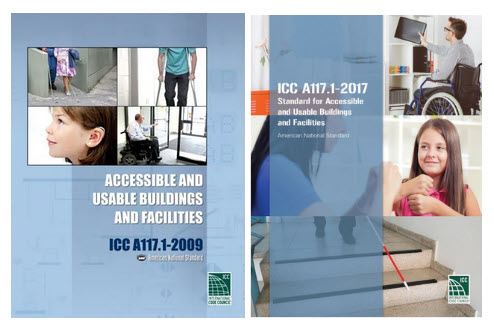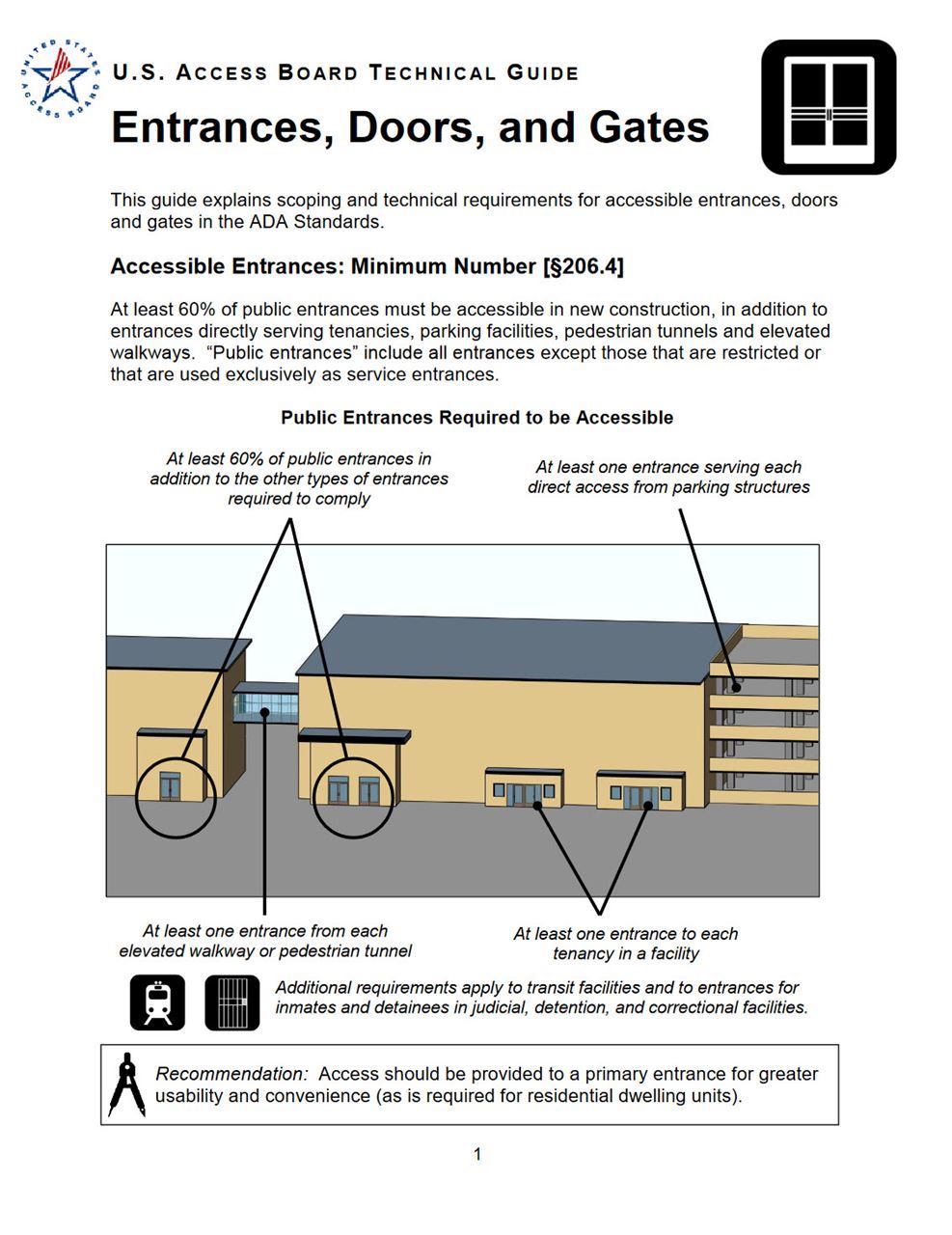Door Opening Industry Training Group
Accredited Door & Hardware Industry Training and Certification
Industry Resources
Our Industry is Built on Codes and Standards
National Fire Protection Association (NFPA)
NFPA is widely known as a codes and standards organization. Their mission is to provide
information and knowledge through their 300 codes and standards
that are designed to minimize the risk and effects of fire by establishing
criteria for building, processing, design, service, and installation
around the world. The more than 250 technical committees, comprised of
approximately 9,000 volunteers, review public inputs and vote on the
revisions in a process that is accredited by the American National
Standards Institute. NFPA provides free online access to its codes and standards.
|
|
|
|
The International Codes (I-Codes)The Code Council has made the International Codes available as a comprehensive and coordinated set of publications including: | Code Adoptions by StateTo find out what codes are applicable in your area go to UpCodes. You can also view on the ICC website. All fifty states, the District of Columbia, and many other countries have adopted the I-Codes at the state or jurisdictional level. Click here to download code adoption maps in pdf. |
International Code Council (ICC)
The International Codes (I-Codes), developed by the International Code Council, are a family of fifteen building safety codes that help ensure the engineering of safe, sustainable, affordable and resilient structures.
The I-Codes are the most widely accepted, comprehensive set of model codes used in the United States.
Click here to view the IBC, 2021 Edition.
Click here to view the IFC, 2021 Edition.
ICC/ANSI A117.1 Accessible and Usable Buildings and FacilitiesThe ICC/ANSI A117. 1 Accessible and Usable Buildings and Facilities is a nationally recognized standard of technical requirements for making buildings accessible. Published since 1961, it is referenced by many federal documents and state accessibility laws. The ICC A117.1 standard, and its informative commentary is available from the International Code Council (ICC). Click here for states adopting ICC/ANSI A117.1, 2009 Edition. |
Click here to view ICC/ANSI A117.1, 2009 Edition. Click here to view ICC/ANSI A117.1, 2017 Edition. |
ADA Accessibility StandardsAccessibility standards issued under the Americans with Disabilities Act (ADA) apply to places of public accommodation, commercial facilities, and state and local government facilities in new construction, alterations, and additions. The ADA Standards are based on minimum guidelines set by the US Access Board. The Department of Justice (DOJ) and the Department of Transportation (DOT) issue the ADA Standards. DOJ’s ADA Standards apply to all facilities except public transportation facilities, which are subject to DOT’s ADA Standards. This version of the ADA Standards combines both documents and notes unique provisions in the DOJ Standards and the DOT Standards. The Access Board is responsible for providing technical assistance and training on these Standards. |
Download the US Access Board Technical Guide for Entrances, Doors and Gates. |
2010 ADA Standards for Accessible Design
The Department of Justice published revised regulations for Titles II and III of the Americans with Disabilities Act of 1990 “ADA” in the Federal Register on September 15, 2010. These regulations adopted revised, enforceable accessibility standards called the 2010 ADA Standards for Accessible Design “2010 Standards” or “Standards”. The 2010 Standards set minimum requirements – both scoping and technical -- for newly designed and constructed or altered State and local government facilities, public accommodations, and commercial facilities to be readily accessible to and usable by individuals with disabilities.
Adoption of the 2010 Standards also establishes a revised reference point for Title II entities that choose to make structural changes to existing facilities to meet their program accessibility requirements; and it establishes a similar reference for Title III entities undertaking readily achievable barrier removal.
The Department has assembled this online version of the official 2010 Standards to increase its ease of use.
This version includes:
The Department has assembled into a separate publication the revised regulation guidance that applies to the Standards. The Department included guidance in its revised ADA regulations published on September 15, 2010. This guidance provides detailed information about the Department's adoption of the 2010 Standards including changes to the Standards, the reasoning behind those changes, and responses to public comments received on these topics.
The document, Guidance on the 2010 ADA Standards for Accessible Design, can be downloaded from www.ada.gov.
Builders Hardware Manufacturers Association (BHMA)
Click here to purchase ANSI/BHMA Standards (available in print or PDF format).
Steel Door Institute (SDI)SDI tests steel doors and frames for strength, quality, consistency, security, weather and fire resistance, wear and tear, and longevity. Testing is undertaken in conjunction with the top testing labs in the country like UL, Intertek, National Fire Protection Association (NFPA), American National Standards Institute (ANSI), and American Society for Testing and Materials (ASTM). | SDI StandardsChoose from the following links to view the Steel Door Institutes standards:
|
Hollow Metal Manufacturers Association (HMMA)
HMMA develops standards, conducts product performance testing and delivers education to promote the use of hollow metal doors and frames. HMMA is a division of the National Association of Architectural Metal Manufacturers (NAAMM). The mission of NAAMM is developing, maintaining, publishing, and distributing technical information on metal products for building construction. This includes specifications, manuals, and other information for building design professionals.
Click here to download HMMA publications.



